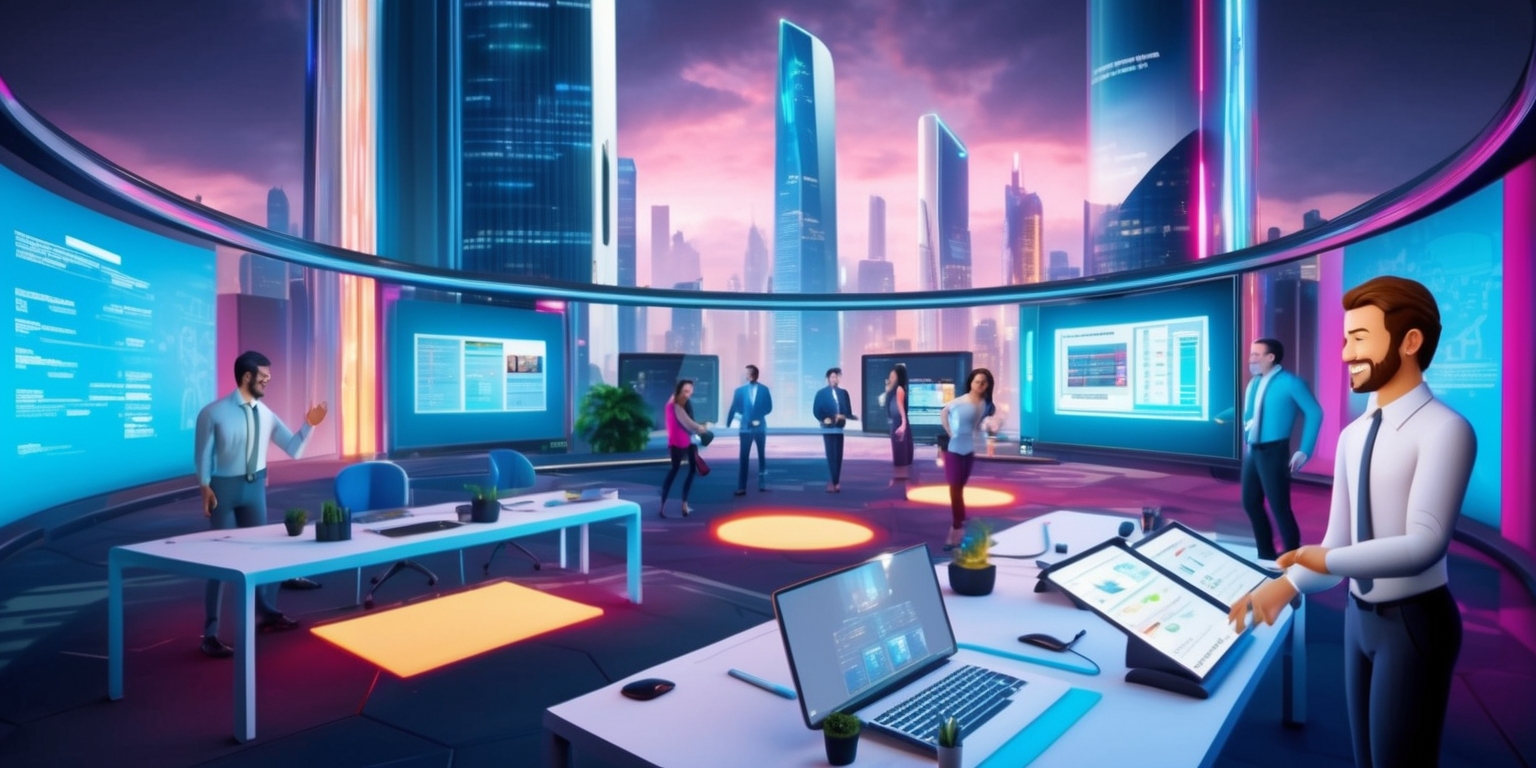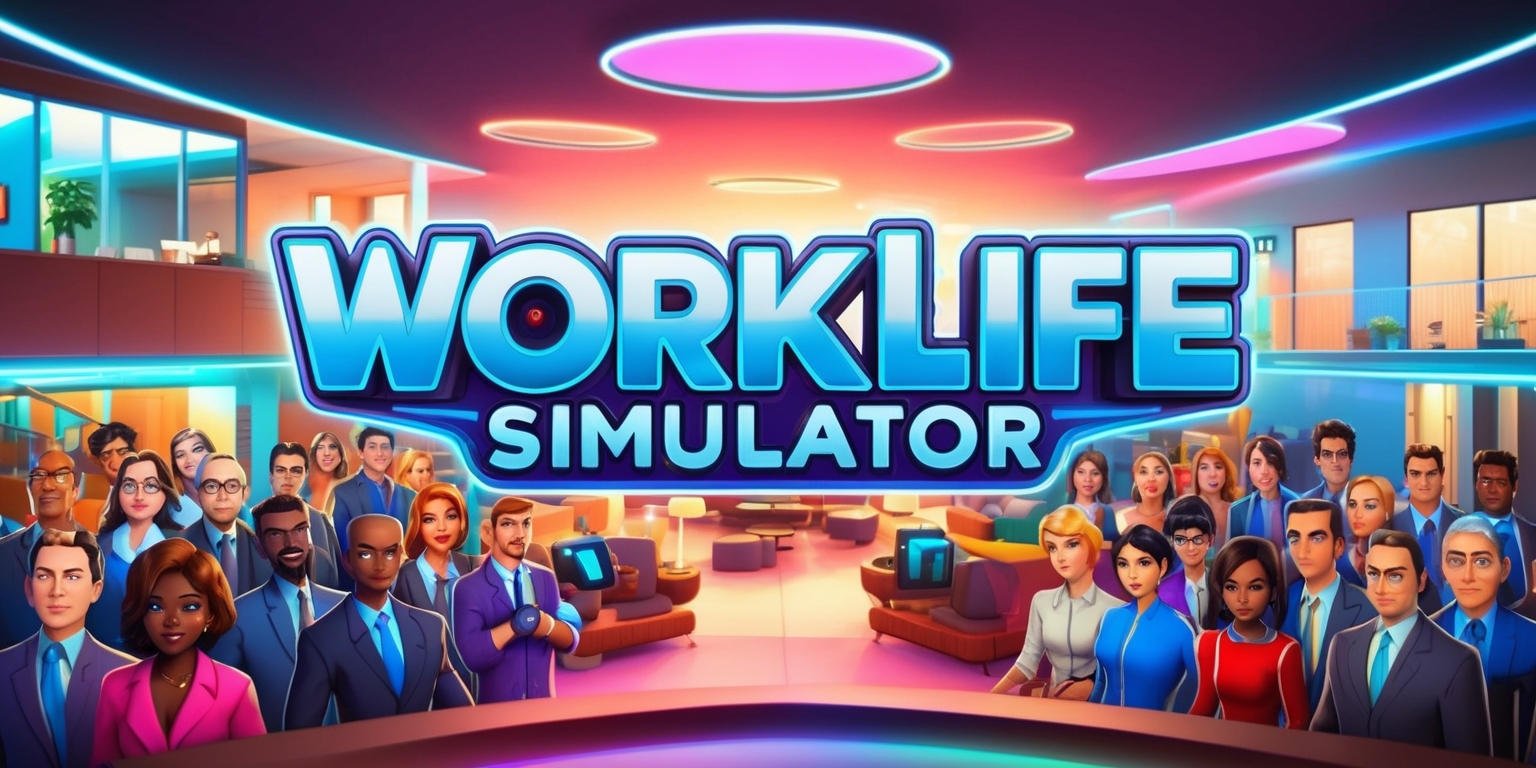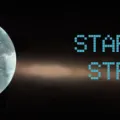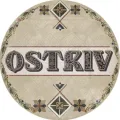Digital Workscapes: Where Career Management Meets Immersive Gameplay

This simulation experience brings the daily grind into a vibrant digital realm where work is more than a background activity—it is a central part of life in the game. Players are invited to engage with an innovative employment system that intertwines casual job mechanics with active career management. The design of this feature not only replicates real-life occupational challenges but also offers playful twists that keep the interaction exciting. Every decision, from choosing a passive “rabbit hole” job to taking on an actively controlled role, alters the rhythm of gameplay. With a user interface crafted to mimic the dynamism of modern work life and the creative freedom found in simulation environments, the system encourages strategic planning and hands-on management while inviting players to explore all facets of employment in a digital metropolis.
Exploring the Job Landscape
The game introduces a sophisticated employment system that lets players navigate through a diverse job landscape. Much like daily life, the simulation features roles that span from behind-the-scenes tasks to hands-on activities within the digital workspace. In some positions, players can immerse themselves in the nuances of interactive tasks that test their resource management skills and strategic planning. Conversely, other roles operate in the background, smoothly transitioning the character through their work life without requiring active input. This dual approach enriches the gameplay experience by providing a blend of autonomous actions and moments when the player must actively participate. The careful balance between passive and interactive work not only adds layers of challenge but also amplifies the realism of the simulation.
Navigating the Application Process
Embarking on a professional journey in this field simulation is designed to be as straightforward as it is immersive. Players start by accessing the career interface available directly on the character’s communication device. Here, various job options are clearly showcased, each with distinct icons that hint at whether the position requires active engagement or operates in a more detached mode. This well-constructed selection process emphasizes accessibility while preserving the depth of career management. The act of applying is seamless, as the game auto-accepts applications that meet the simple age criteria required for employment. It is a feature that prioritizes ease of entry, ensuring that all players, regardless of their previous experience with simulation games, can quickly step into a role and begin experiencing the multifaceted nature of digital work life.
Understanding Active Versus Autonomous Roles
This digital platform distinguishes employment opportunities by splitting them into categories that either demand active engagement or offer a more autonomous work experience. Active roles require players to be present and meticulously complete designated tasks as they arise throughout the workday. These tasks are clearly listed on a separate performance interface, ensuring that the players are aware of time-sensitive decisions which influence progress and career advancement. In contrast, the autonomous roles, often referred to as “rabbit hole” jobs, operate behind the computer screen, giving the character the freedom to seamlessly progress through their workday. This clear distinction caters to varying play styles. It presents a structured yet flexible approach to career management, optimizing both strategic involvement and the manageable flow of day-to-day work routines within the simulation.
Interactive Work Environment and Supervision Dynamics

Within this immersive world, the interaction at the workplace is both nuanced and engaging. For roles that require active participation, the game challenges players to oversee tasks that range from minor assignments to complex projects that signify career progress. The management software designed for these positions provides a subtitled task list that encourages players to drill down into details. This interactive work style necessitates that players maintain presence and focus on supervising their character as they navigate each challenge. Notably, if players choose to divert their attention to managing other characters, progress in these dynamic roles may stall. This clever implementation of supervision dynamics adds a strategic layer that mimics real-world scenarios, where multitasking can sometimes hinder prompt career advancements.
Delving Into the Role of Part-Time Engagements
Not every player is inclined to commit to full-time work within the simulation, and the game thoughtfully integrates part-time opportunities to cater to diverse play styles. Part-time roles provide the advantage of earning a steady income without the intense pressure of promotions and pay raises. These positions are perfect for scenarios in which players wish their characters to explore other aspects of the gameplay, such as leisure activities or creative projects. However, they come with the trade-off that, despite regular payments, there is no opportunity to progress into higher career tiers. This addition of part-time engagements injects variety and flexibility into the simulation. It reinforces the concept that work balance is as important in the digital environment as it is in everyday life, offering a realistic reflection of contemporary work culture.
Structured Advancement and Career Progression
Climbing the career ladder in this simulation hinges on a blend of effort and strategic oversight. For characters engaged in active roles, each task completed on time and with precision moves them closer to a coveted career promotion. An intuitive progress bar and well-detailed performance metrics provide players with real-time insights into their character’s proficiency and potential for advancement. This open system encourages proactive management, urging players to prioritize responsibilities during working hours to maximize career gains. Meanwhile, those in the autonomous positions experience steady income, though without the thrill of active promotion challenges. This dual system of advancement rooted in both performance and participation grants players the freedom to choose a method that most effectively aligns with their preferred style of gameplay while simultaneously mirroring the complexities of modern career trajectories.
Incorporating Freelance Opportunities and Alternative Careers
Beyond conventional employment, the simulation offers an array of freelance and independent gigs that empower players to shape their characters’ lifestyles in distinctive ways. Creativity is encouraged through options such as painting, music production, and software development—each representing a unique avenue for financial gain and personal fulfillment. These roles stand apart from the standard career paths by allowing flexible scheduling and an uninhibited sense of artistic liberty. The game’s design ensures that these alternative avenues are not mere Not just extras, but essential parts of the whole employment system. In addition to earning income through these creative outlets, characters can delve into various non-traditional ventures and even risk unconventional exploits. This flexible methodology cultivates an ever-evolving and vibrant environment inspiring environment that celebrates both innovation and independence in the virtual workforce.
Interface Design and Career Selection Menu
The user interface designed for career management is a testament to the game’s commitment to intuitive design and user-friendly navigation. At the heart of this system is an easy-to-access career selection menu on the character’s digital device, where a plethora of employment opportunities are clearly displayed. Each opportunity is signified with a unique icon, ensuring that players can seamlessly differentiate between positions requiring active management and those that progress automatically. The interface incorporates streamlined features such as filter options and status indicators that make it simple to track which characters are working, who is eligible for promotions, and what tasks remain pending. The thoughtful design of this interface significantly enhances the authenticity of the work simulation, offering players a visually appealing and highly functional tool to manage and optimize their virtual job pursuits.
Visual Aesthetics and Thematic Presentation
The aesthetic design of the employment component in this simulation is both visually engaging and thematically consistent. The job interfaces, as well as the active work scenarios, are presented with a clean and modern design that effortlessly combines practicality with style. Each career’s iconography and layout are carefully curated to reflect the unique environment of the workplace it represents—from the sleek visuals of the creative arts to the robust, action-driven atmosphere of public service roles. The subtle animations and responsive design elements further contribute to an immersive experience. This sensory harmony between form and function not only enriches the visual appeal of the simulation but also aids in clearly delineating complex gameplay mechanics, fostering a user experience where aesthetic pleasure goes hand in hand with interactive engagement.
Subtle Nuances of Digital Workplace Culture
The simulation captures the essence of digital workplace culture through the incorporation of intricate social and performance dynamics. Characters in the game exhibit behavioral patterns that mimic real-world office environments, including interactions that occur during team collaborations and moments when focus shifts toward individual responsibilities. The subtleties embedded within these dynamics include the balance of autonomy versus supervision and the strategic prioritization of tasks—all factors that significantly impact a character’s progression within a job. This portrayal of workplace culture is crafted with attention to detail, providing a virtual mirror to everyday professional experiences. The game encourages careful planning and thoughtful decision-making as players oversee the development of their characters, further enhancing the immersive quality of the digital world while reflecting the multi-layered nature of modern employment practices.
Embracing the Dynamism of Simulation Work Life
The digital employment system in the simulation thrives on its dynamic and ever-evolving nature, encouraging players to experiment with various approaches to work life management. Every interaction—from logging into a career interface to completing on-screen tasks—adds to a fluid game experience that rewards both careful planning and spontaneous decisions. The constant interplay between autonomous background processes and active task management ensures that no two in-game workdays are identical. As players shift gears between different types of roles, they experience a breadth of challenges and rewards that keep engagement levels high. This dynamic landscape not only broadens the scope of typical simulation gameplay but also deepens the appreciation of routine activities, transforming everyday work experiences into uniquely orchestrated adventures within a captivating digital universe.












